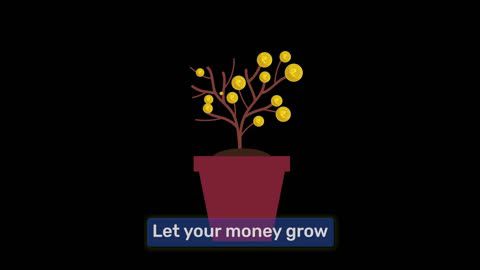Here are some key rules to remember when withdrawing from your Employee Provident Fund (EPF):
1. Employment Status
Under the new EPFO rules, members can now withdraw up to 100% of their eligible EPF balance, including both employee and employer contributions. This marks a significant change from the earlier rules, where full withdrawal was not allowed while still employed.
Partial withdrawals are also more flexible and liberalised for specific purposes such as medical treatment, higher education, marriage, housing, and other special circumstances. The changes, approved by the EPFO’s Central Board of Trustees on October 13, 2025, aim to simplify the withdrawal process and enhance ease of access for over seven crore subscribers.
2. Unemployment
If you’ve been unemployed for at least one month, you can withdraw up to 75% of your EPF balance.
If your unemployment continues for two months or more, you become eligible to withdraw the entire balance.
3. Tax Deduction (TDS)
TDS rules on EPF withdrawals depend on your service duration, withdrawal amount, and documentation:
- No TDS will be deducted if:
- You have completed 5 years of continuous service
- The withdrawal amount is less than Rs. 30,000
- The withdrawal is due to ill health, business closure, project completion, or reasons beyond your control
- You submit Form 15G or 15H along with PAN, even if withdrawing Rs. 30,000 or more (with less than 5 years of service)
- TDS will be deducted in the following cases:
- Withdrawal is Rs. 30,000 or more, service is less than 5 years, and:
- 10% TDS if PAN is submitted but Form 15G/15H is not
- 34.608% TDS if PAN is not submitted
4. Premature Withdrawal
If you withdraw your EPF corpus before completing 5 years of service, it may be taxable, and TDS may apply as per the rules above. Submitting Form 15G/15H (if eligible) can help avoid TDS.
5. PF Advances (Not Loans)
You can request partial advances from your EPF for specific reasons. These are not loans and have no repayment requirement.
Eligibility depends on the purpose:
- Medical emergencies: No minimum service required
- Marriage/Education: Minimum 7 years of service
- Home purchase/construction: Minimum 5 years of service
6. Job Changes
When you switch jobs, it is mandatory to transfer your existing PF balance to your new employer’s PF account.
You can initiate the transfer online through the EPFO portal using your Universal Account Number (UAN).
7. Full Withdrawal
You are allowed to withdraw your full EPF balance if:
- You have been unemployed for 2 months or more, or
- Your new job starts after a 2-month gap following your last working day
Recently unemployed?
Instead of letting your PF withdrawal sit idle, invest in a Bajaj Finance FD and earn up to 7.30% p.a.—your money keeps working for you. Open FD.
New Rules for EPF Withdrawal
On 13 October 2025, the EPFO announced significant updates to the EPF withdrawal rules, aimed at simplifying procedures and improving accessibility. Key highlights of the new EPF withdrawal rules include:
- Complete Withdrawal: Members can now withdraw up to 100% of their eligible balance, inclusive of both employer and employee contributions.
- Simplification of Reasons: The previous 13 grounds for partial withdrawal have been consolidated into three categories—essential needs (e.g., illness, education, and marriage), housing requirements, and special circumstances.
- Withdrawal Frequency: For education, withdrawals can be made up to 10 times, and for marriage, up to five times.
- Reduced Service Requirement: Partial withdrawals now require only 12 months of service.
- Extended Waiting Periods: PF settlement for unemployed members requires 12 months of unemployment, while EPS settlement can only be initiated after 36 months.
- Minimum Balance: A minimum of 25% of the eligible balance must remain, even after maximum withdrawal. This remaining amount continues to accrue interest at a rate of 8.25% per annum.
- Improved Process: Withdrawal steps are now faster with reduced documentation, enhanced automation, and integration of Aadhaar and UAN for smoother transactions.
These updates are designed to make fund access more efficient while ensuring members retain savings for future needs.













